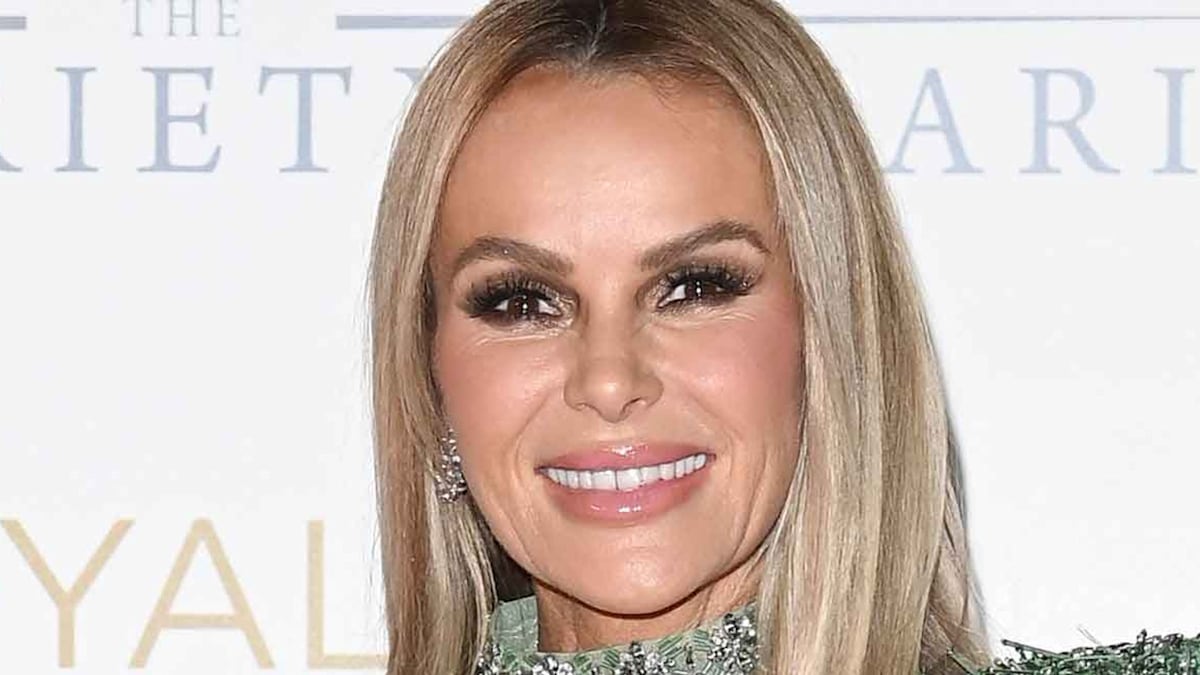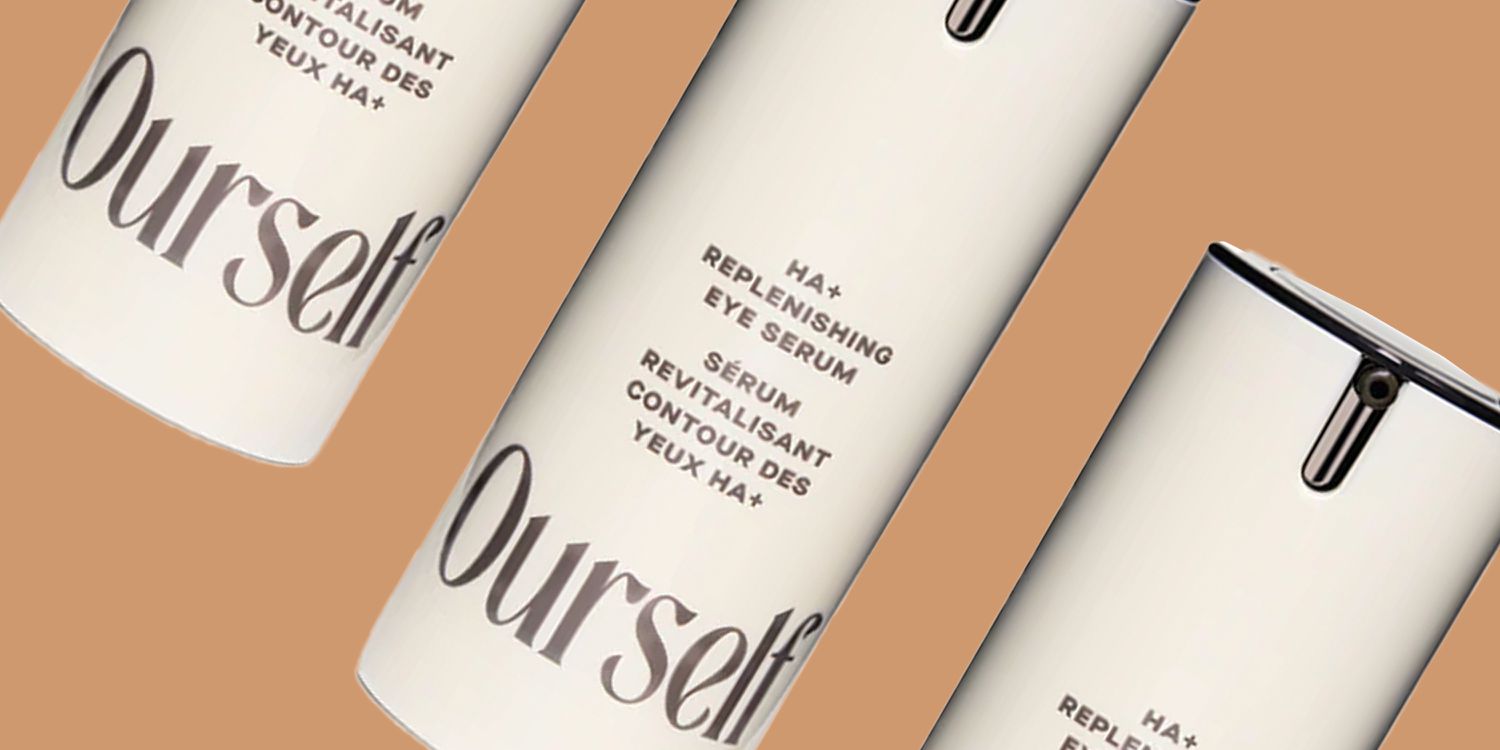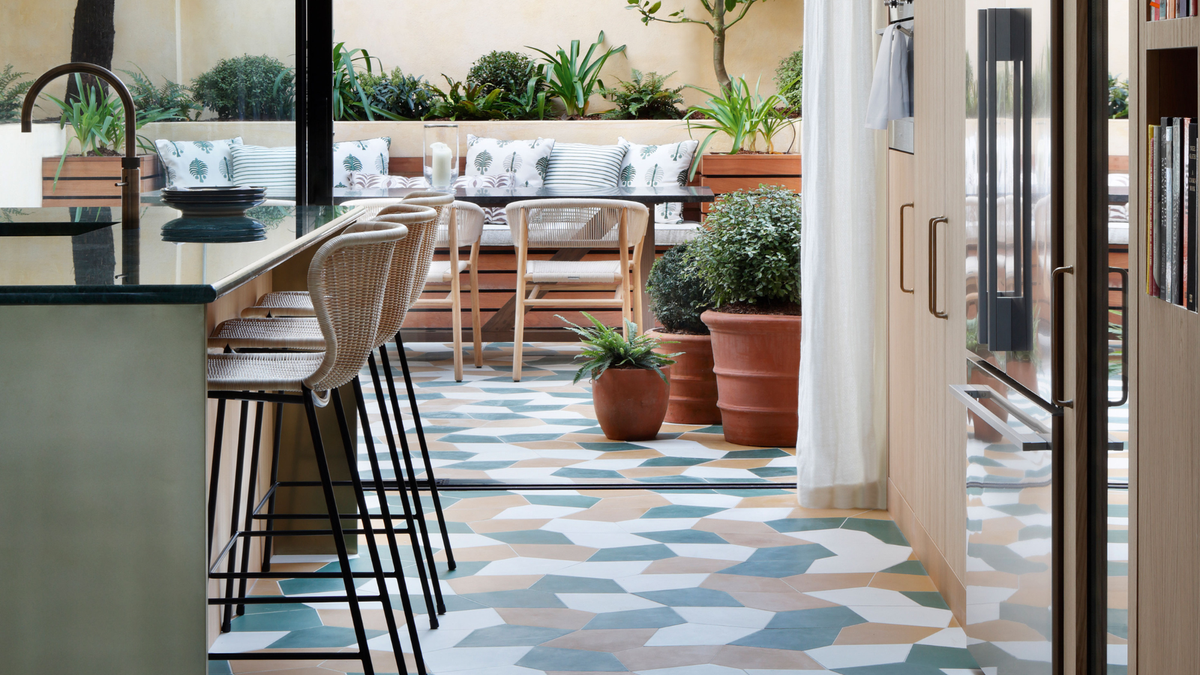
Here’s How to Stop Birds From Nesting in Unwanted Places, According to an Ornithologist
Key Takeaways
- Use physical barriers like mesh, wire, or by sealing holes and cracks to prevent birds from building nests in unwanted spots.
- Provide birdhouses and ensure they are placed near native plants and water sources to encourage birds to build nests in designated areas.
- Steer clear of using owl decoys, flags, or loud noises as birds quickly realize these are harmless and often ignore them.
You’ve probably seen it before: A perfect little bird’s nest placed directly in the gutter lining your home’s roof… or one smack in the middle of your new potted plant. Sometimes birds decide to build a home in a spot that’s inconvenient for you—or dangerous for them.
There are several effective ways to ward them off, as well as some popular methods that aren’t worth the effort. We asked Noah Perlut, an ornithologist and professor in the School of Marine and Environmental Programs at the University of New England, for tips on how to stop birds from nesting in unwanted places.
- Noah Perlut, ornithologist and professor in the School of Marine and Environmental Programs at the University of New England
Build Physical Barriers
The first and perhaps most obvious way to keep the birds out of weird spots is to build physical blockers that prevent them from accessing those structures.
“For example, birds that typically nest in tree cavities will sometimes nest inside buildings, gaining access through rotten or broken boards or cracks,” Perlut says. “Replacing or covering those entry points will prevent them from using the building structures.”
In addition to covering up any holes or cracks, you can try:
- Covering spots with mesh or wire
- Installing bird spikes
- Spreading natural citrus-based repellents
- Installing ultrasonic devices that emit sounds that are unpleasant to birds
- Eliminating their food sources
Provide More Attractive Places to Nest
Instead of boarding up birds’ favorite nesting spots, Perlut encourages providing more attractive nesting resources so they can choose your alternative over the unwanted spot. “Since many species that nest inside structures typically nest in tree cavities, putting up bird boxes may give them alternative places to nest,” he says.
Putting native plants and fresh water in close proximity to your birdhouse will help the birds flourish. And do your best to ensure any domestic cats can’t get access to your nesting alternatives.
If you’re worried about what kinds of birds your box will attract—starlings, for instance, are an invasive species that compete with native birds for resources—you can keep certain species away by adjusting the size of the entry hole. (According to the Cornell Lab of Ornithology, starlings can’t fit through holes smaller than one and a half inches.) Here’s a diagram for what birds can fit into different-sized entry holes.
Steer Clear of Deterrents
Maybe you’ve gotten advice to put up deterrents that keep birds away—objects like owl decoys, flags, and banners that move in the wind, or things that make loud sounds and flashing lights. But these rarely discourage birds for long periods, Perlut says, as the birds generally figure out that these are harmless.
“For example, a recently constructed hotel in Portland, Maine, deployed a number of owl decoys on the roof to deter Herring Gulls from nesting there. The gulls decapitated all of the owl decoys and used the heads to build their nests,” Perlut says. Resourceful!
The bottom line? Birds are intelligent creatures. The good news is: so are you. By building safe physical barriers and providing better places to nest, you can keep birds of all kinds out of places where you’d rather not have them.










